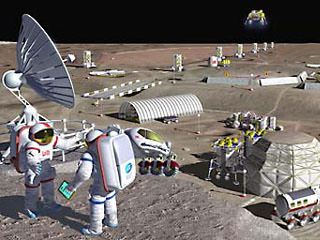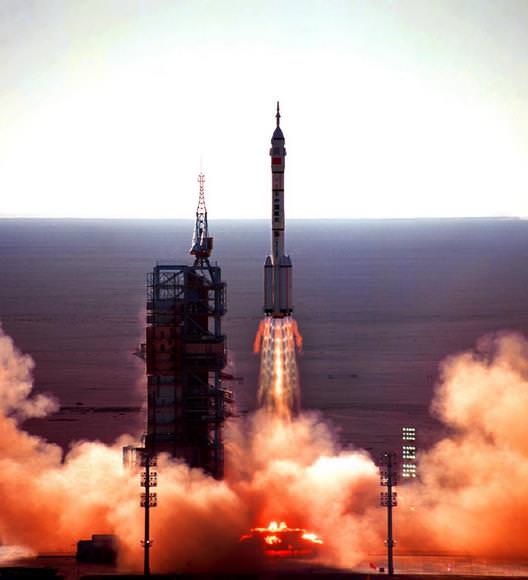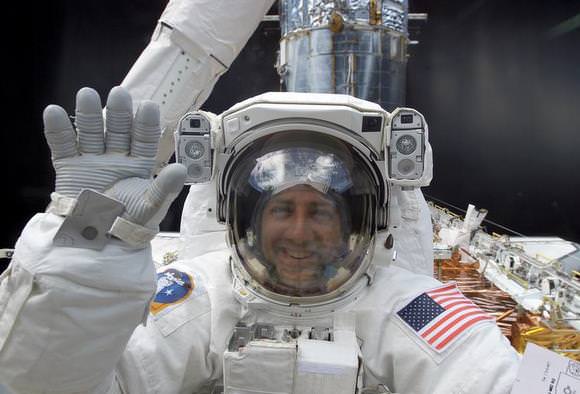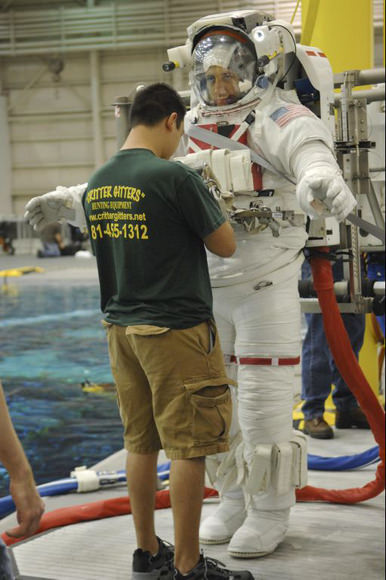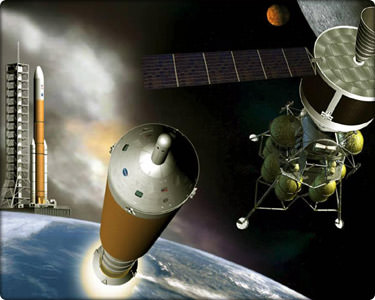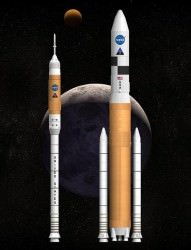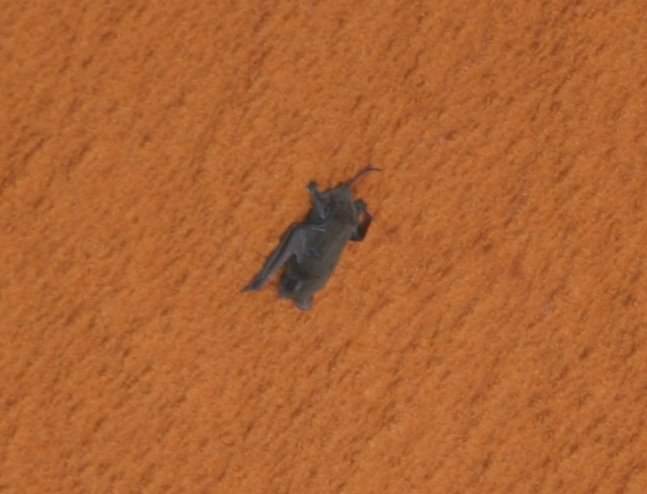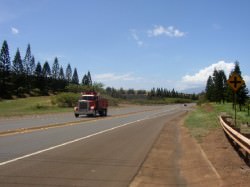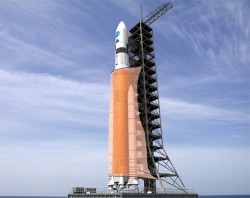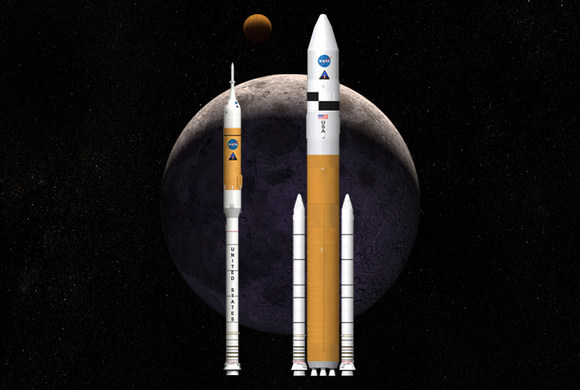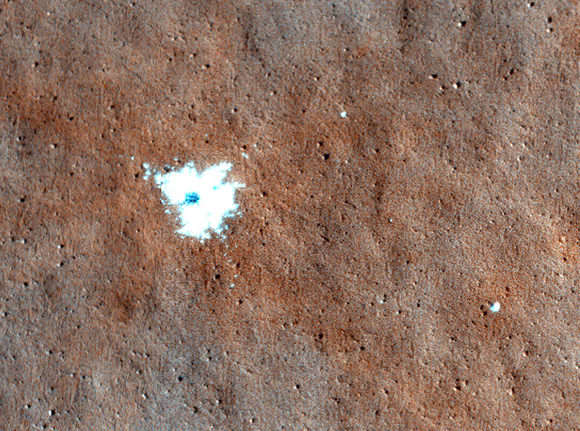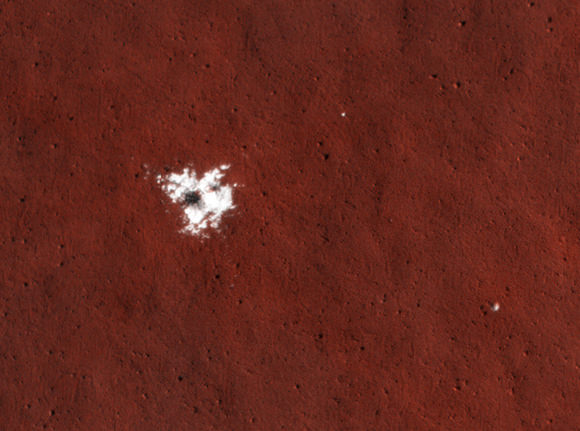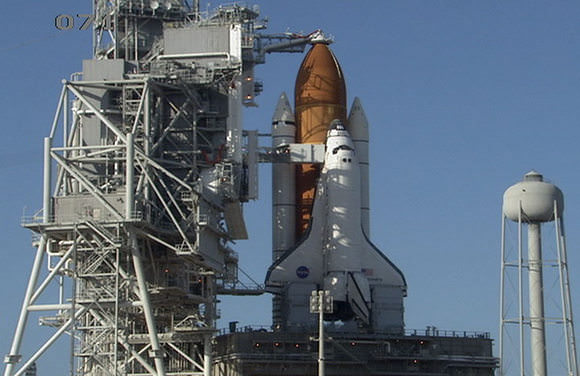[/caption]
The blogosphere and Twitterverse has been buzzing the past couple of days with NASA what-ifs and possibilities. But that usually happens whenever there are Congressional hearings about our favorite space agency. Here’s the run-down of what is really happening: No extra money has been given to extend the shuttle program as of yet but it is a possibility. NASA is not going to abandon going to the Moon. And no, President Obama hasn’t named a new NASA administrator yet. Want the details?
House and Senate leaders have agreed to authorize $2.5 billion to keep the U.S. space shuttle fleet flying through 2011. While no money has actually been appropriated for that yet, the extension would happen only if necessary to complete currently planned missions to the international space station. If another flight were added to the shuttle manifest, it’s possible the controversial Alpha Magnetic Spectrometer instrument would be brought to the station. AMS was mothballed after the Columbia accident in 2003 as a cost cutting move, but the because of the international scientific community’s outcry about cutting the one really exciting science experiment to fly on the space station (that was mostly paid for by other countries) last year Congress told NASA to reconsider. They are supposed to make a decision today.
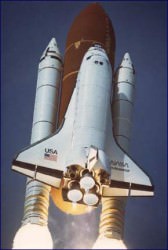
But the shuttle retirement is controversial from a political point of view because it affects thousands of aerospace industry jobs, not only in Florida, but nationwide. Retiring the shuttle in 2010 would also give a five year gap (at least) until the Orion crew vehicle is ready to fly, making the US dependant on Russia for bringing humans and supplies to the ISS. This week House and Senate budget conferees agreed on “the strategic importance of uninterrupted human access to space” and said the extra $2.5 billion is provided “in anticipation that the funding is needed” to safely “complete the construction and equipping” of the space station.
But some NASA officials and contractors worry that giving more funding to the shuttle program would hamper the efforts for the Constellation program, funneling money away from the new rocket that will help return humans to the moon, hopefully by 2020. The Constellation program has already begun shifting gears and figuring out how to make flying by 2015 actually work. Ian reported last week that the Orion crew size would likely be decreased from six to four, which also makes the spacecraft lighter. One issue engineers have been facing has been excess weight. Other reports look like this is likely a done deal.
Speaking of returning to the Moon, Wednesday’s appropriation hearings created some buzz when Chris Scolese, the agency’s acting administrator, said he anticipates changes. Some reports said Scolese gave vague answers. Others had NASA abandoning the a base on the Moon, but that is likely an exaggeration.
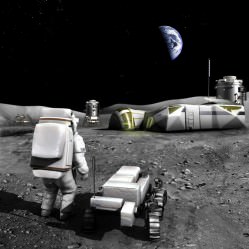
“I just can’t tell you what those changes would be,” Scolese told members of the House Appropriations Subcommittee on Commerce, Justice, Science and Related Agencies. “We’re still looking at options for what do we mean by the moon. Do we mean a colony on the moon? That’s clearly very expensive. Are we looking at something along the lines of what we did with Apollo?” he said.
But that correlates completely with legislation passed in October, 2008 that says:
“As NASA works toward the establishment of a lunar outpost, NASA shall make no plans that would require a lunar outpost to be occupied to maintain its viability. Any such outpost shall be operable as a human-tended facility capable of remote or autonomous operation for extended periods.”
Scolese also pointed out that the budget overview released earlier this year by President Obama clearly backs the previous administration’s goal of sending astronauts to the moon by 2020, a decade after the scheduled retirement of the shuttle fleet.
“It will probably be less than an outpost on the moon, but where it fits between sorties — single trips to the moon to various parts — and an outpost is really going to be dependent on the studies that we’re going to be doing,” he said.
What will really end up happening on the Moon is likely to change over time, just as the Constellation program already appears to be changing.
And finally, the current administration has yet to name a new NASA administrator. One person whose name had been floating around recently, General Lester Lyles, withdrew himself from consideration Wednesday. Another name that has surfaced is Lori Garver, former NASA associate administrator who headed Obama’s space transition team.
Sources: Florida Today, Lunar Network Blog, MSNBC, Wall Street Journal

